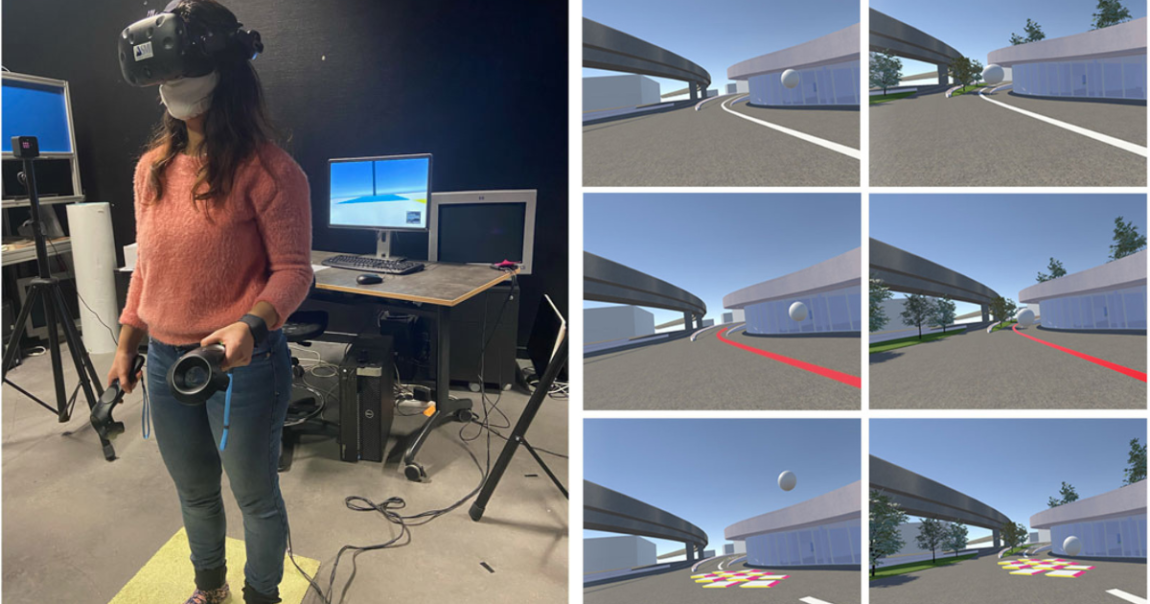
Bred in Captivity
Almost everyone knows the peace and relative calm that comes from walking in nature, whether hiking a mountain or enjoying a stroll through an urban park. Humans just thrive in natural environments.
That psychological benefit seems to be the impetus behind a new study in which scientists used virtual reality to put green plants in an otherwise gray urban hellscape to see if it increased human participants’ mental health in the same way. Three researchers from two French universities released their findings in the journal Frontiers on Friday.
“Human beings are physiologically better adapted to live in green vegetation than in concrete environments,” the co-authors wrote. “Unfortunately, it is not always possible to introduce nature vegetation into a built environment.”
Although obstacles like city planning and a lack of resources can interfere with plans to include green spaces in cities, the study says city designers already use green patches of color IRL to replicate our natural habitat.
Touch Grass
Pictures of the fake environments the team created show infrastructure like bridges and overpasses with varying amounts of trees and foliage added. Comparing the images induces the feeling of a prey animal in scary new territory, making it easy to understand why the data pointed to greener environments providing “more pleasurable experiences.”
Using an HTC Vive headset, the team determined that participants walked slower and had higher heart rates in greener settings, and that most tests pointed to the conclusion that colors may be a powerful tool to trigger alertness and pleasure in grey urban cities.
To be honest, the results aren’t surprising — we all know how good it feels to be outside. Let’s just hope our access to those experiences is enhanced, not limited, by VR.
More on unanswered questions: Potential Alien Signal Coming From Direction of Earthlike Planet, Scientists Say